Buy Now, Pay Later
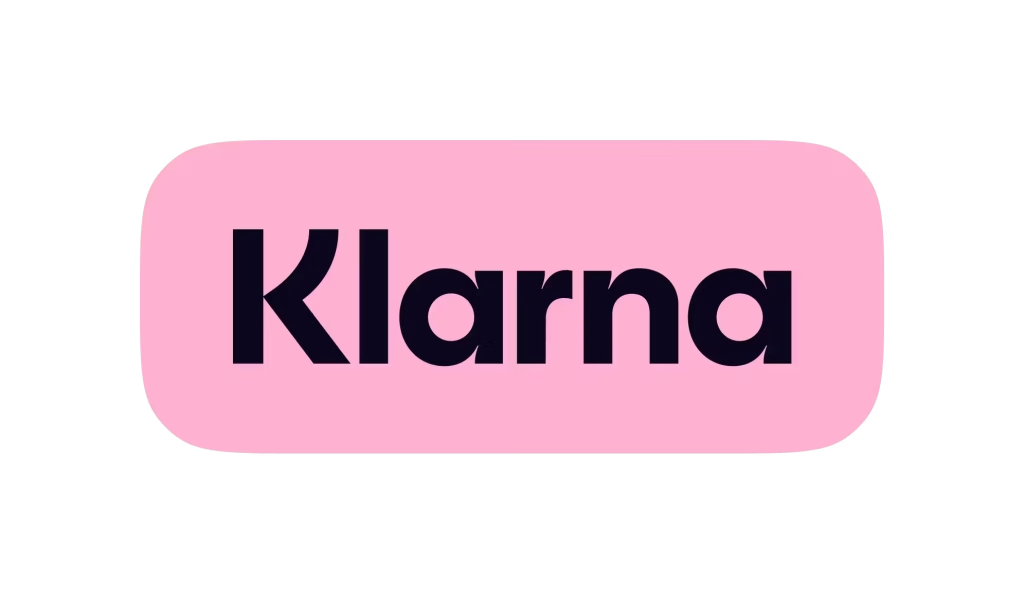
Free Surfboard Advice
Customer Service 9am - 5pm (UK)
Trusted by Pyzel

If you’ve mastered the basics of surfing then you’ll know that not all surfboards are created equal. Different surfboards are designed for different wave conditions and skill levels, and it’s crucial to choose the right board for you and your ability. If you’re an intermediate surfer looking to improve, then read our intermediate surfboard guide for all the hints and tips you need to enjoy the waves more than ever before.
The fluid nature of surfing means that there is no clear-cut answer when it comes to determining what level you are at. Unlike martial arts or boxing, surfing is a complex sport which doesn’t have a rigid gauge to ascertain which level you are at.
However, if you’re comfortable paddling out into bigger waves, can perform basic manoeuvres such as bottom turns and cutbacks, and have begun experimenting with different board sizes and shapes then the chances are that you are an intermediate surfer.
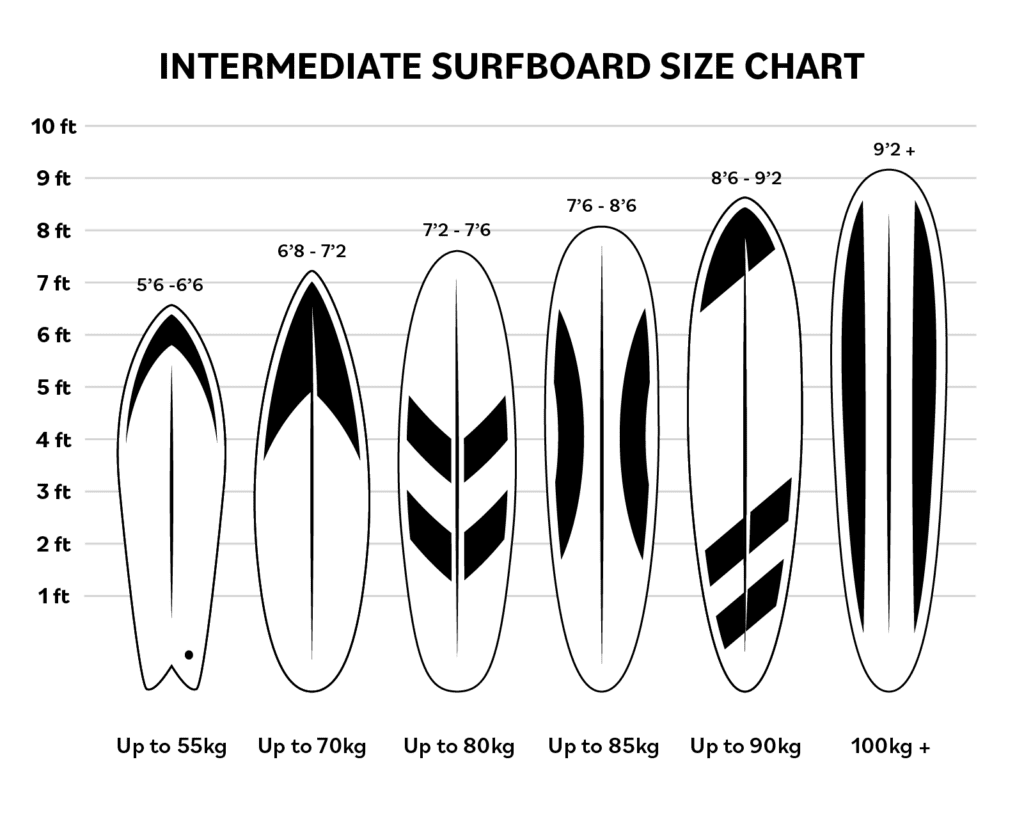
You can seek feedback from more experienced surfers or have lessons with a qualified instructor to try and better determine your surfing level. As well as advancing your skills, this can provide invaluable insights into your technique and competency. A good surf school can observe your approach, wave selection, and overall performance to give you an indication of where you stand in terms of skill progression and help you choose the right intermediate surfboard for you.
Finding the best surfboard for an intermediate surfer is mainly about finding a board that suits your personal preferences and goals. If you can paddle out back, catch waves, ride them to their logical conclusion, and perform cutbacks, top turns and bottom turns, an intermediate surfboard will enhance your surfing experience and help you progress no end.
Even though board volume has been a consideration in windsurfing for a long time, it’s a relatively new concept in the world of surfing.
The volume of a surfboard determines the buoyancy of a board and directly affects paddle speed, ability to turn, your speed in less powerful waves, and ultimately how many waves you catch. Simply speaking, more volume means more float, and less volume means less float – surfboards for beginners usually have a high volume which gives them more float and better stability for those who are just starting out. As a surfboard gets longer and becomes a high-performance shape, the volume should also drop.
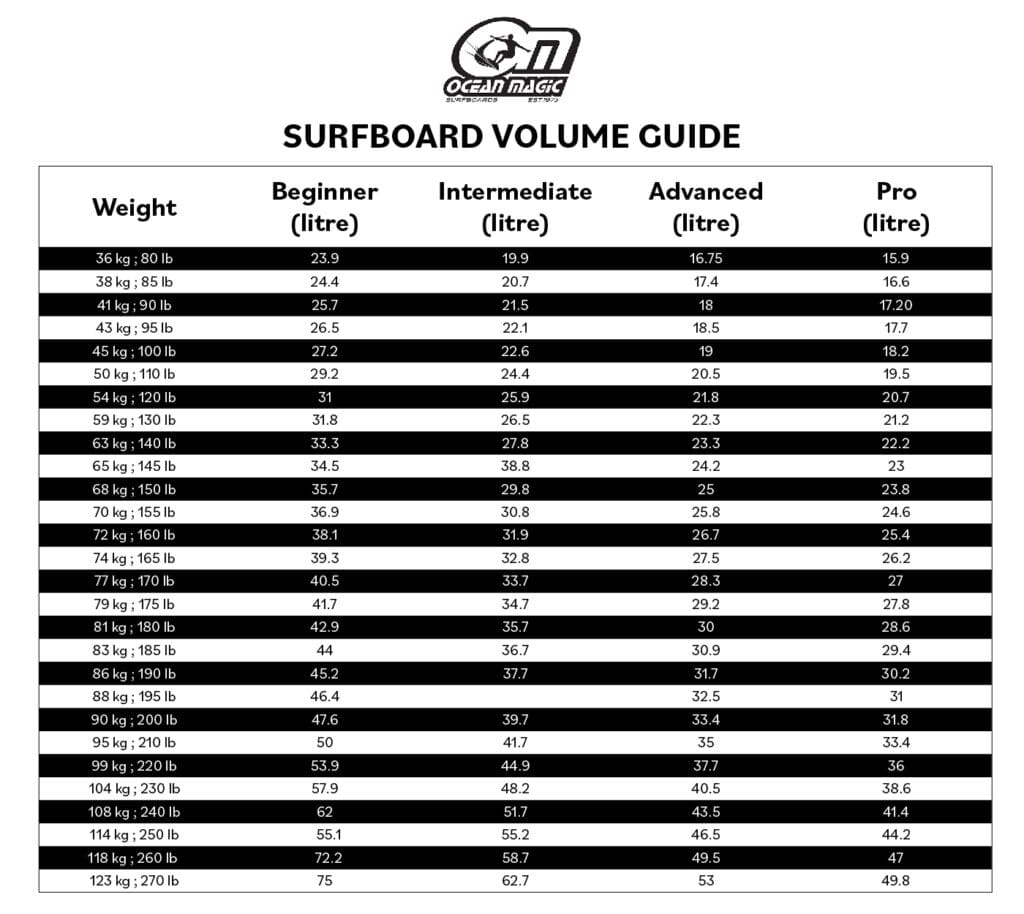
When choosing a surfboard, the board volume should be counterbalanced with your weight and ability to ensure that you choose the best board for you. If you’re looking for the best surfboard for intermediate surfers, then you’ll want to consider choosing a board volume between 30-40% of your body weight (in kgs). An intermediate surfboard volume typically ranges from 30 to 45 litres, varying based on the surfer’s weight and the specific board type.
The length of a surfboard directly impacts the board’s speed and stability. Longer surfboards make it easier to catch waves and enable you to paddle more swiftly. Longer boards have a larger surface area, providing better stability at high speeds and are perfect for riding big waves. Shorter surfboards are more easily manoeuvrable which makes it easier to change direction, particularly in smaller waves. If you’re looking for a guiding principle on surfboard length, then the right surfboard for an intermediate surfer is usually one foot taller than his/her height.
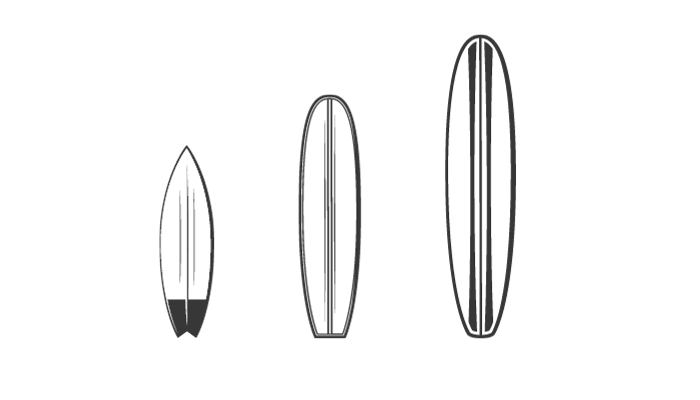
Two important features of any surfboard are the rocker and the rail. These two elements play a significant role in how a surfboard rides and manoeuvres on the waves, impacting performance and the enjoyment of your session.
The rocker refers to the curve of the surfboard from nose to tail and determines how well the board glides on the water and how easily it turns. A board with a flatter rocker will have more speed and acceleration, making it ideal for smaller, mushy waves. A surfboard with a more pronounced rocker will be more responsive, making it better suited for bigger, steeper waves. The rocker also helps in preventing nose dives and allows you to maintain control while riding a wave.
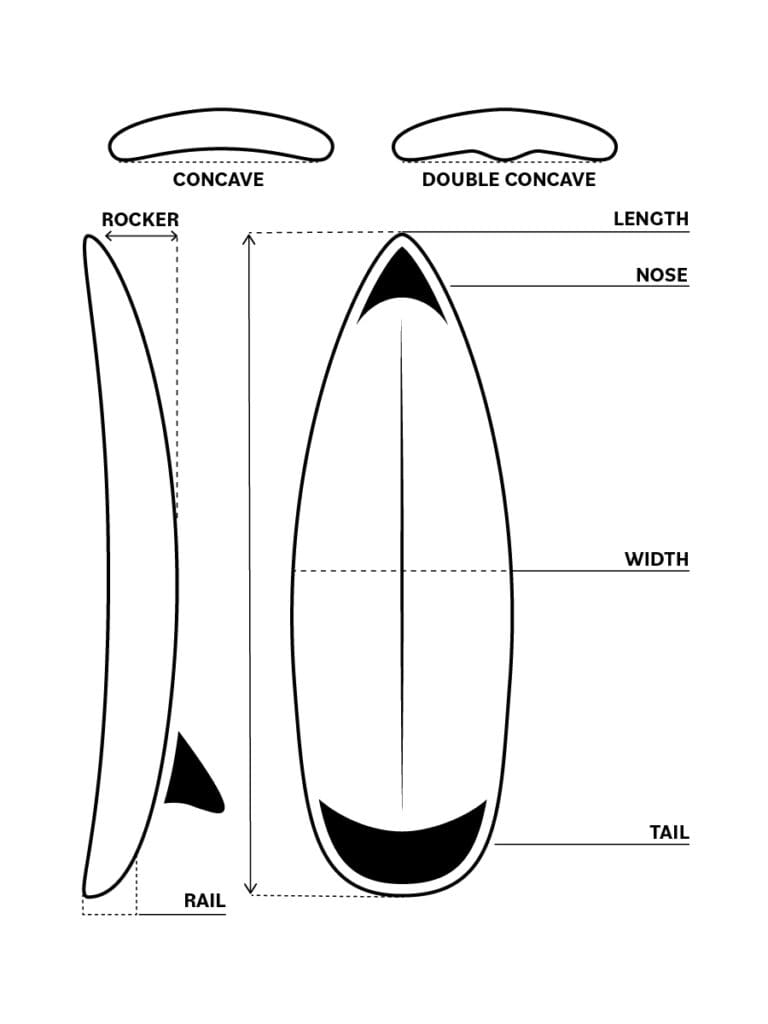
The rail is the edge of the surfboard that comes into contact with the water. A surfboard’s rail plays a crucial role in maintaining stability and control while surfing. The shape and thickness of the rail greatly affect how the board performs in different wave conditions. A thicker rail provides more buoyancy and stability, making it easier for beginners to learn and maintain balance on the board, whilst a thinner rail allows for more precise turns and greater manoeuvrability, making it favoured by intermediate surfers who want to carve through the waves.
The tail and nose of a surfboard are not just aesthetic, they are crucial components which greatly influence its performance out on the water.
A narrower tail, such as a pin tail or swallowtail, provides better control and manoeuvrability in larger, more powerful waves. A wider tail, like a square or round tail, offers more stability and control in smaller, mushier waves. The tail also helps with generating speed and maintaining control during turns, acting as a pivot point for you to exert pressure and steer the board in different directions.
A pointed or narrow nose allows for better manoeuvrability and control, making it ideal for more advanced and intermediate riders looking to perform sharp turns and tricks. A wider or rounder nose provides more stability and buoyancy, making it easier for beginners or those riding smaller waves. The nose also affects how well the board paddles through the water and catches waves. A wider nose creates more lift, allowing the board to plane on top of the water and catch waves easily.
There are five primary types of surfboard shapes, each with its own attributes. There are also a few nicknames for board sizes which may make defining which surfboard shape is best for intermediates an even more confusing task!
Whether you choose a fish, malibu, longboard or thruster, each surfboard shape is designed to cater to different types of waves and surfing styles. If you’re looking for a surfboard for intermediate surfers, you’ll be looking for a board that catches plenty of waves, responds well, and helps you lay down some solid turns.
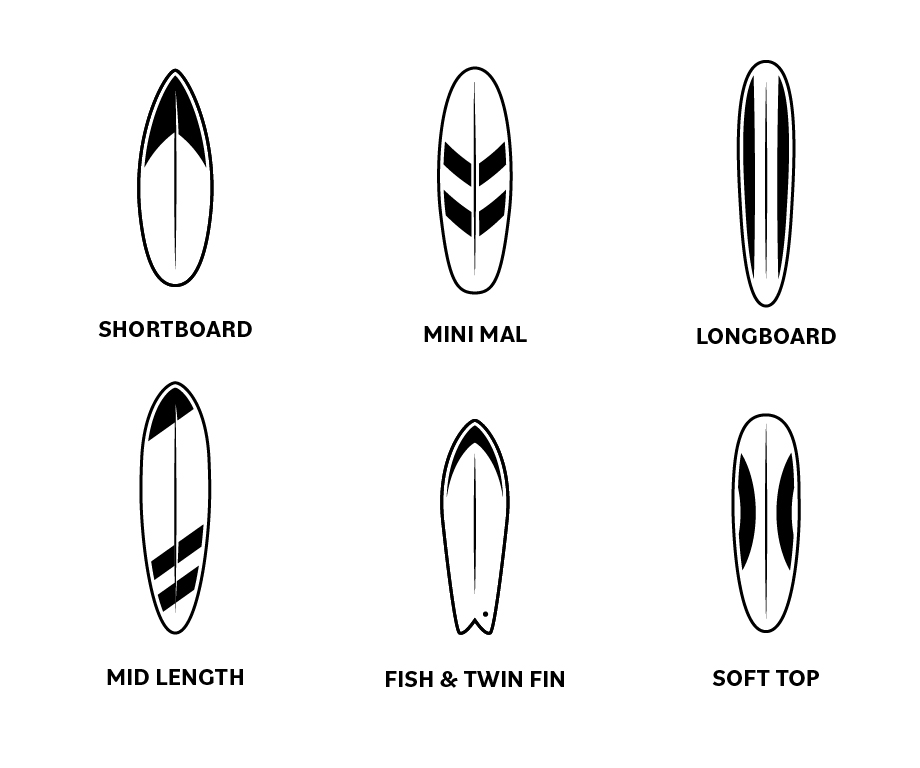
One popular option for intermediate surfers is the funboard, also known as a mini-malibu. These boards typically range from 7 to 8 feet in length and provide a good balance between stability and manoeuvrability. They are wider and thicker than traditional shortboards, making them easier to paddle and catch waves, while still allowing for more advanced manoeuvres like carving and trimming.
Surfboard fin set-up is often overlooked when choosing a board, but it’s an important element in determining the performance and characteristics of a surfboard. Consider the fin set up to be like the engine of the board – the type of fins dictates how the board will ride and respond in different waves.
The classic single fin is a timeless fin set-up providing stability and smooth turns, making it perfect for longboards and retro-style boards. It’s all about that old-school vibe and graceful gliding across the waves.
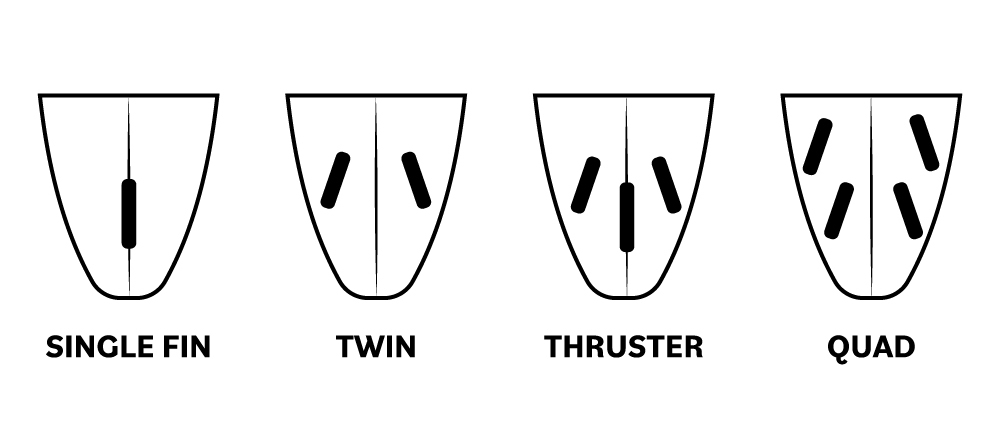
If you’re looking for a bit more manoeuvrability and control, the thruster set-up might be more your style. This features three fins – two smaller side fins and a larger centre fin. The side fins provide stability, while the centre fin adds drive and control. The thruster set-up is versatile and works well in a wide range of conditions, from small mushy waves to powerful barrels.
If you’re craving even more radical turns and high-performance surfing, then the quad fin set-up might be what you need. As the name suggests, this set-up consists of four fins, two on each side. The quad set-up provides incredible speed and responsiveness, allowing you to generate more power in your turns and maintain control in critical sections of the wave.
The twin fin set-up is all about speed and flow, featuring two larger fins on each side of the board. This fin set-up gives you that loose and playful feel on the wave. It’s great for smaller, softer waves where you want to generate speed without sacrificing manoeuvrability.
Depending on your skill level and the type of wave at your local break, the best surfboard for an intermediate surfer is usually a funboard or a hybrid shape, offering a balance between stability and manoeuvrability. It’s all down to your personal preference and style!
Progressing to a shortboard will allow you to turn tighter and faster on the face of the wave and around the wave’s critical sections quickly. Shortboards have a choice of profiles, rocker lines, fin systems and tails, all of which you need to consider when choosing the right shortboard for you. Consideration should also be given to how often you surf, and where you’ll be surfing, but you will also need to assess your own abilities and surf style when buying your ideal shortboard.
Longboards are usually 9ft or longer and designed for stability, speed, and manoeuvrability which makes them a popular choice for beginner and intermediate surfers alike. Longboards are great for catching waves early, and their wide nose makes them ideal for riding long, smooth lines. Longboards are also great for performing cutbacks, floaters, and hang-fives. The wide nose of a longboard means that it can be used for nose riding, which is a great way to showboat and impress onlookers on the beach!
The term ‘funboard’ is not really a distinctive surfboard type, but more describes the hours of fun you can have whilst riding one of these boards! Funboards allow you to catch a lot of waves because of the extra volume, and hybrids, eggs and malibus are all considered funboards.
With so many options out there, it can be quite overwhelming to pick the best board for intermediate surfers, but don’t worry, we are here to help you make the right choice and get you stoked for your next session in the wave.
When picking a new surfboard its important to accurately (and honestly!) assess your skill level. It’s tempting to overestimate your ability or to gauge your skill as better than you really are because that’s where you’re aiming to be. However, honestly assessing your ability will help you guarantee the best board for you right now and give you ultimate enjoyment when out in the line-up.
Having a good knowledge of your local wave is paramount to choosing the right board. Yes you might occasionally go to other beaches or try other breaks, but choosing a board based on the type of wave and conditions you’ll regularly be catching will help determine what you need and give you the most fun.
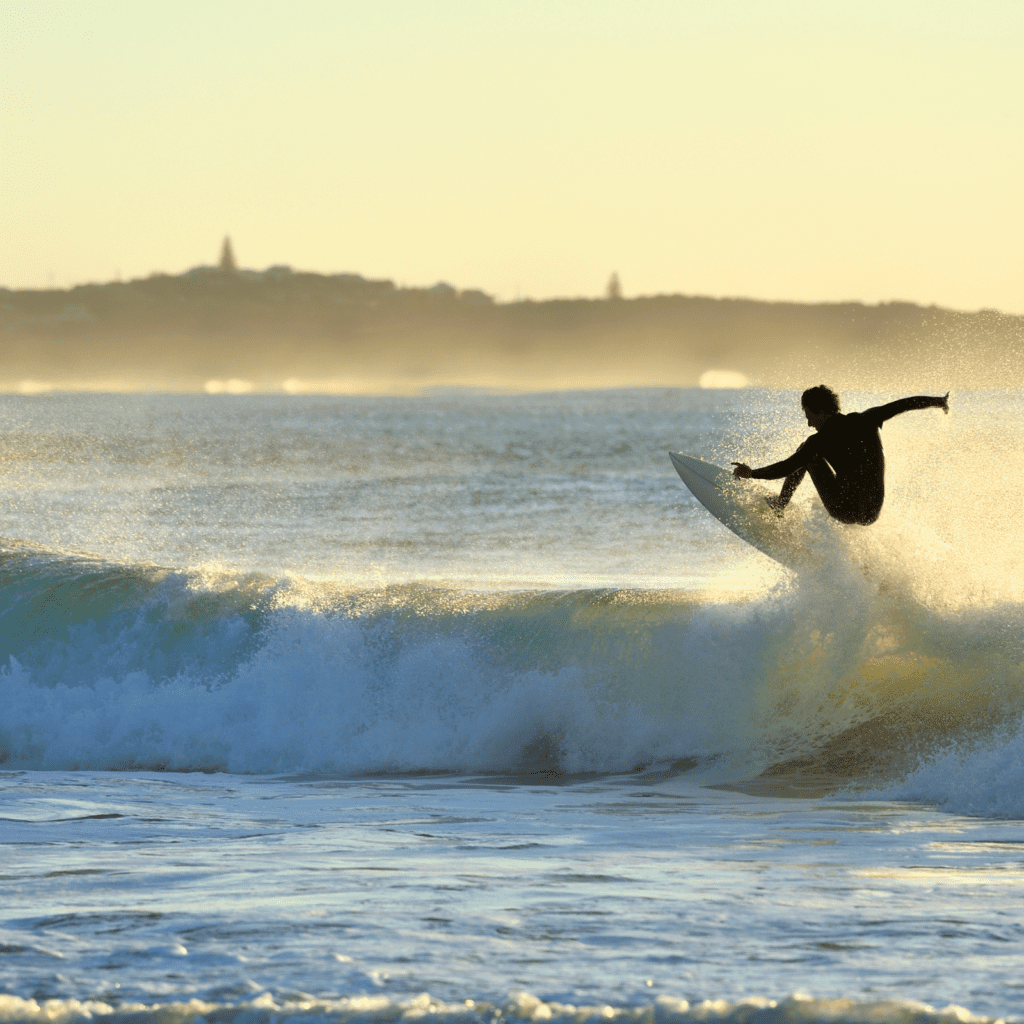
If you predominantly surf smaller, mushier waves, then a board with more float and stability will be ideal. On the other hand, if you often find yourself in bigger, more powerful waves, then a board with more performance characteristics may be suitable. It’s all about finding a board that suits your style and the waves you love to ride.
For the perfect board that catches plenty of waves, responds well, and helps you lay down some solid turns, take a look at our pick of best surfboards for intermediates below…
If you follow these tips and guidelines for the best surfboard for intermediate surfers, it will hopefully help steer you in the right direction when picking out your new surfboard. Remember, choosing the right board is essential in taking your surfing to new heights and having an absolute blast out in the water. So get out there and ride those waves like never before!
© 2024 Ocean Magic – The Factory. All rights reserved. Company Number: 04664716. VAT Registered 807 8508 12
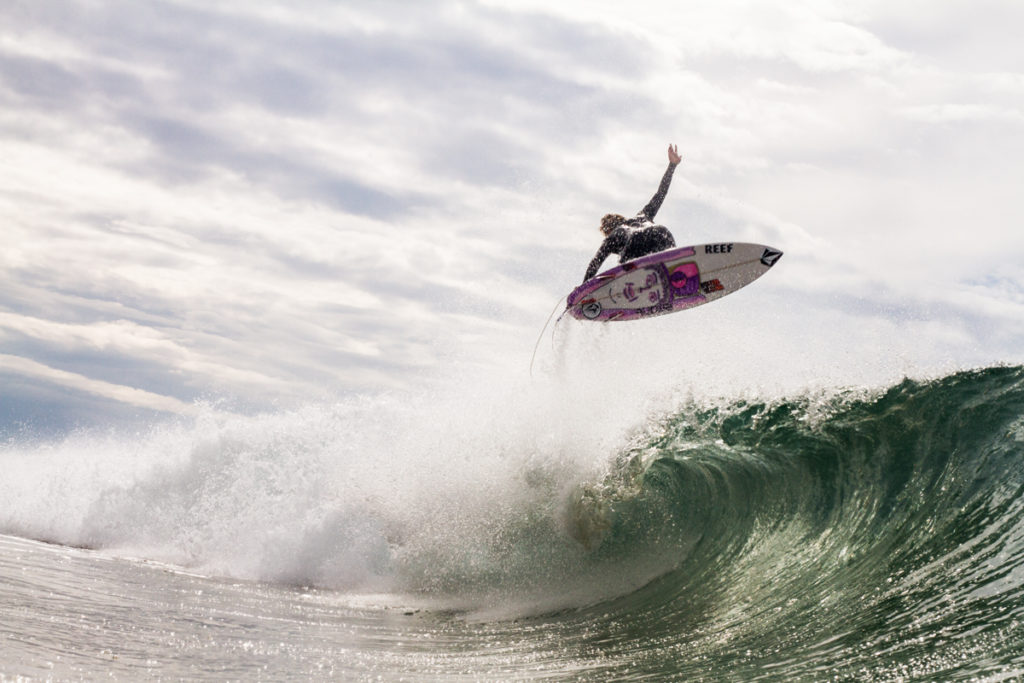
Exclusive Deals and Local Surf News!
Join the Lineup!